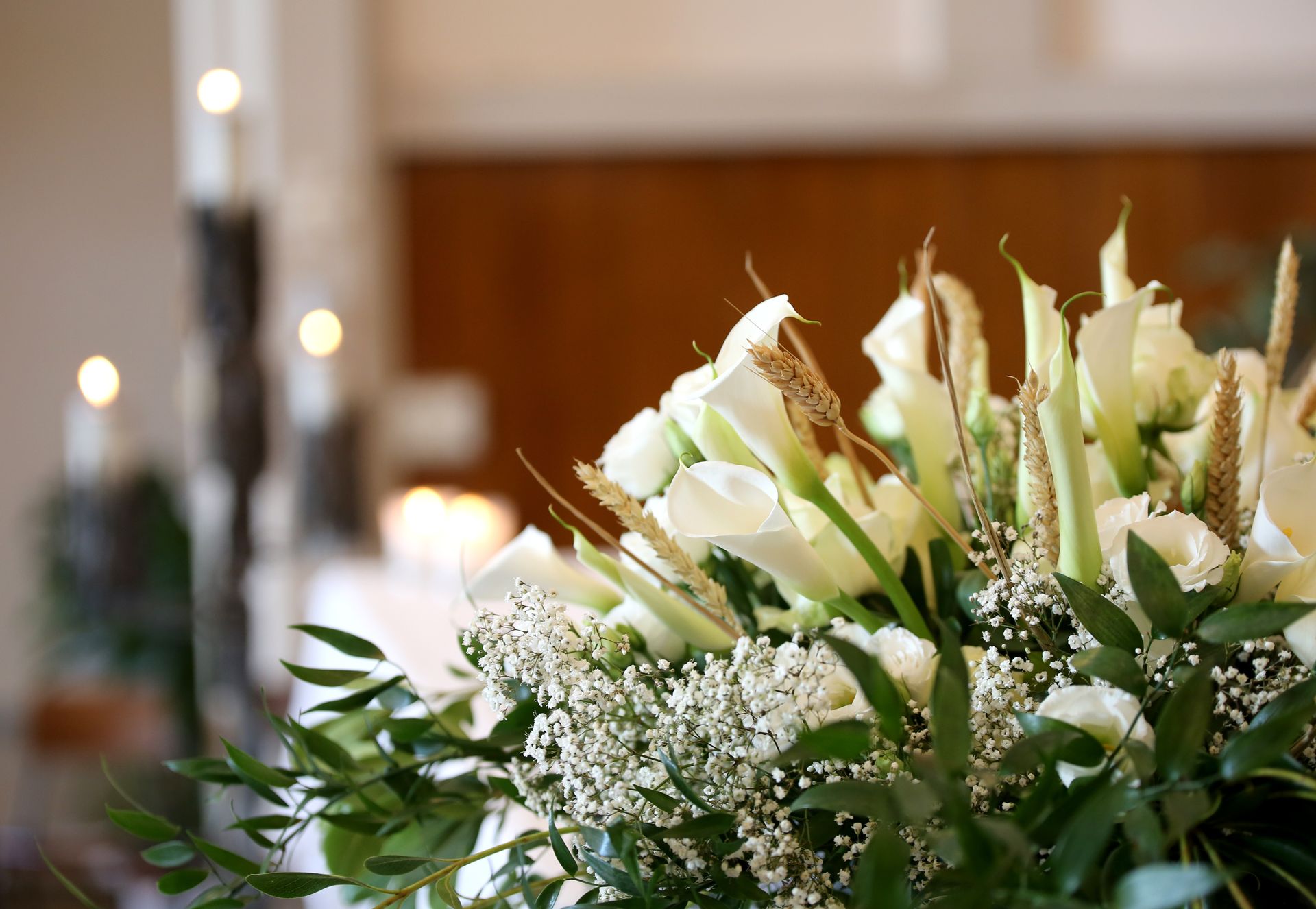Embracing life by embracing death: understanding the death positive movement

Death, despite being the one certainty in life, remains one of the most taboo topics in many societies. However, a growing movement known as "death positivity" seeks to change this narrative by encouraging open discussions and acceptance of mortality. But what exactly does it mean to be "death positive"?
At its core, being death positive means embracing death as a natural and inevitable part of life, rather than something to be feared or avoided. It involves confronting our own mortality and acknowledging the reality of death, not with dread, but with acceptance and even celebration. This movement encourages conversations about death, dying, and grief, aiming to destigmatize these topics and promote a healthier relationship with the end of life.
One of the key principles of the death positive movement is the belief that death is a normal part of the human experience and should be acknowledged and respected as such. By embracing death, individuals can gain a deeper appreciation for life, recognizing its fragility and impermanence. This perspective encourages people to live more fully, to cherish their loved ones, and to pursue their passions and dreams without the shadow of fear hanging over them.
Another important aspect of death positivity is advocating for more open and transparent discussions about end-of-life care and planning. This includes conversations about advance directives, funeral arrangements, and other practical matters related to death. By addressing these topics openly and honestly, individuals can ensure that their wishes are known and respected, relieving the burden on their loved ones during times of grief and decision-making.
It’s important to note that being death positive does not mean being indifferent to death or denying the pain of loss. Grief and mourning are natural responses to death, and the death positive movement recognizes the importance of allowing individuals the space and support to process their emotions in their own way. However, by embracing death as a natural part of life, this movement seeks to empower individuals to confront their fears and anxieties surrounding death, ultimately fostering a greater sense of peace and acceptance.
In a society that often shies away from discussions about death, the death positive movement offers a refreshing and much-needed perspective. By encouraging open conversations, advocating for end-of-life planning, and challenging cultural taboos, this movement invites us to embrace our mortality and live more fully in the present. In doing so, we can find comfort, meaning, and even beauty in the cycle of life and death, enriching our lives and relationships in the process.








